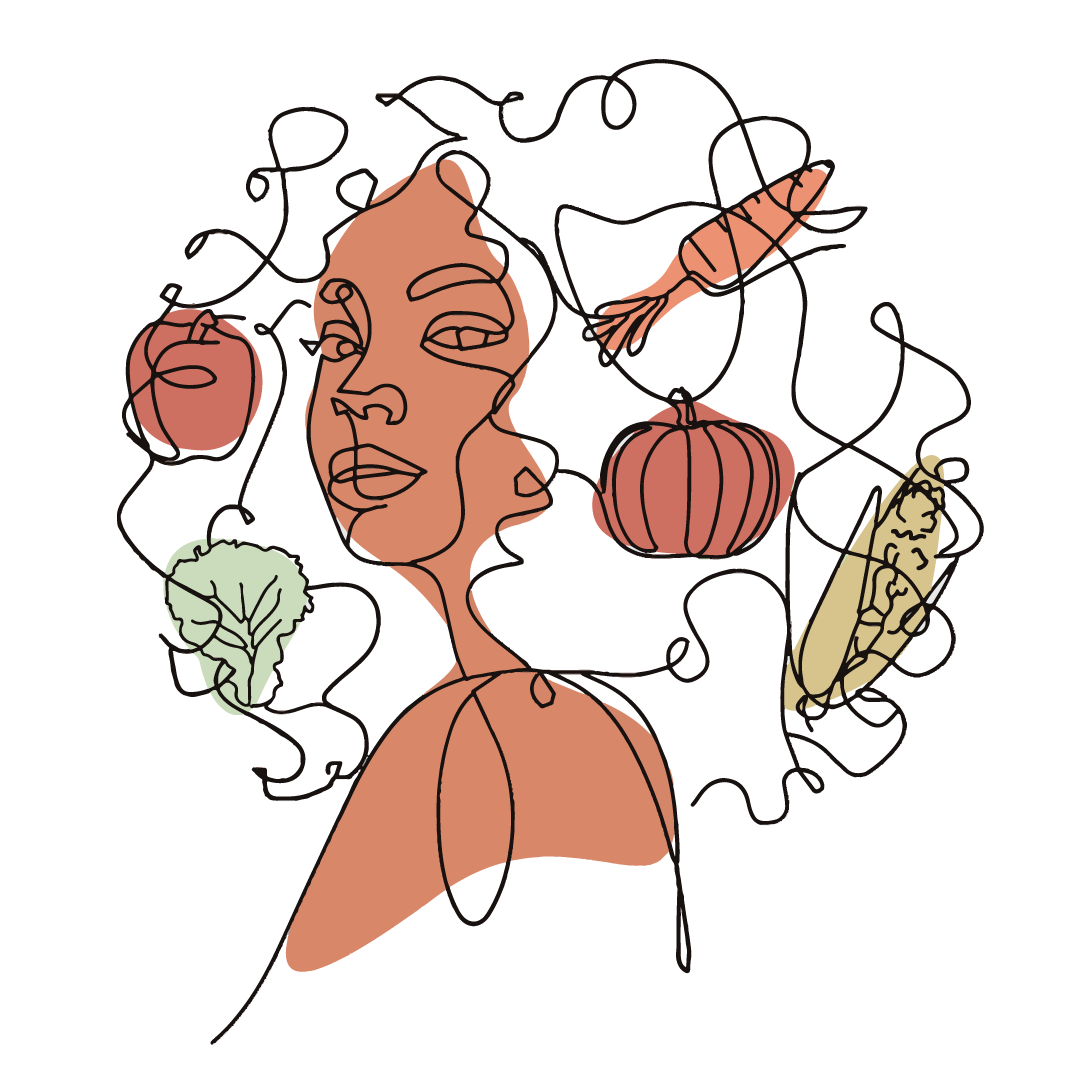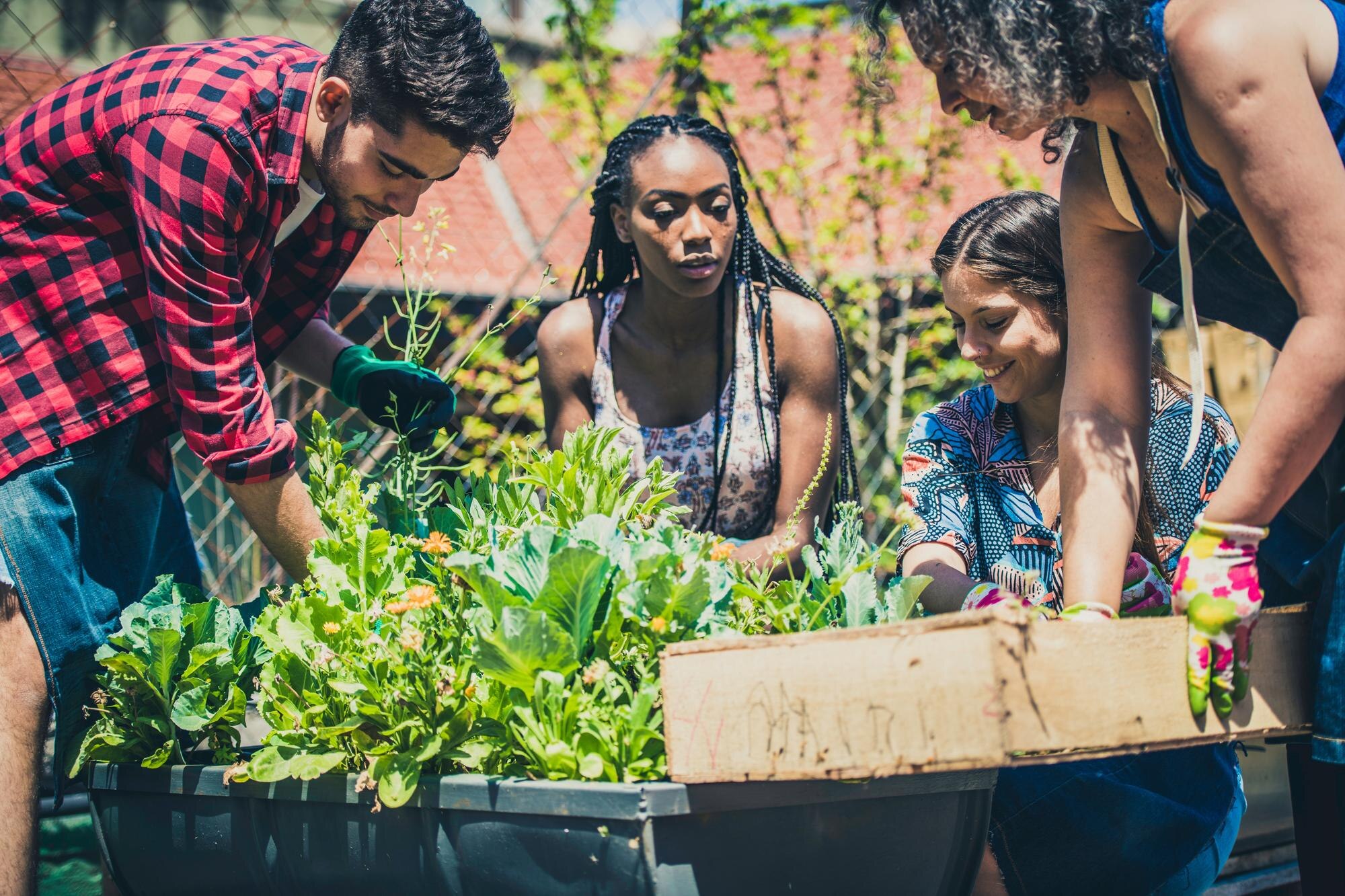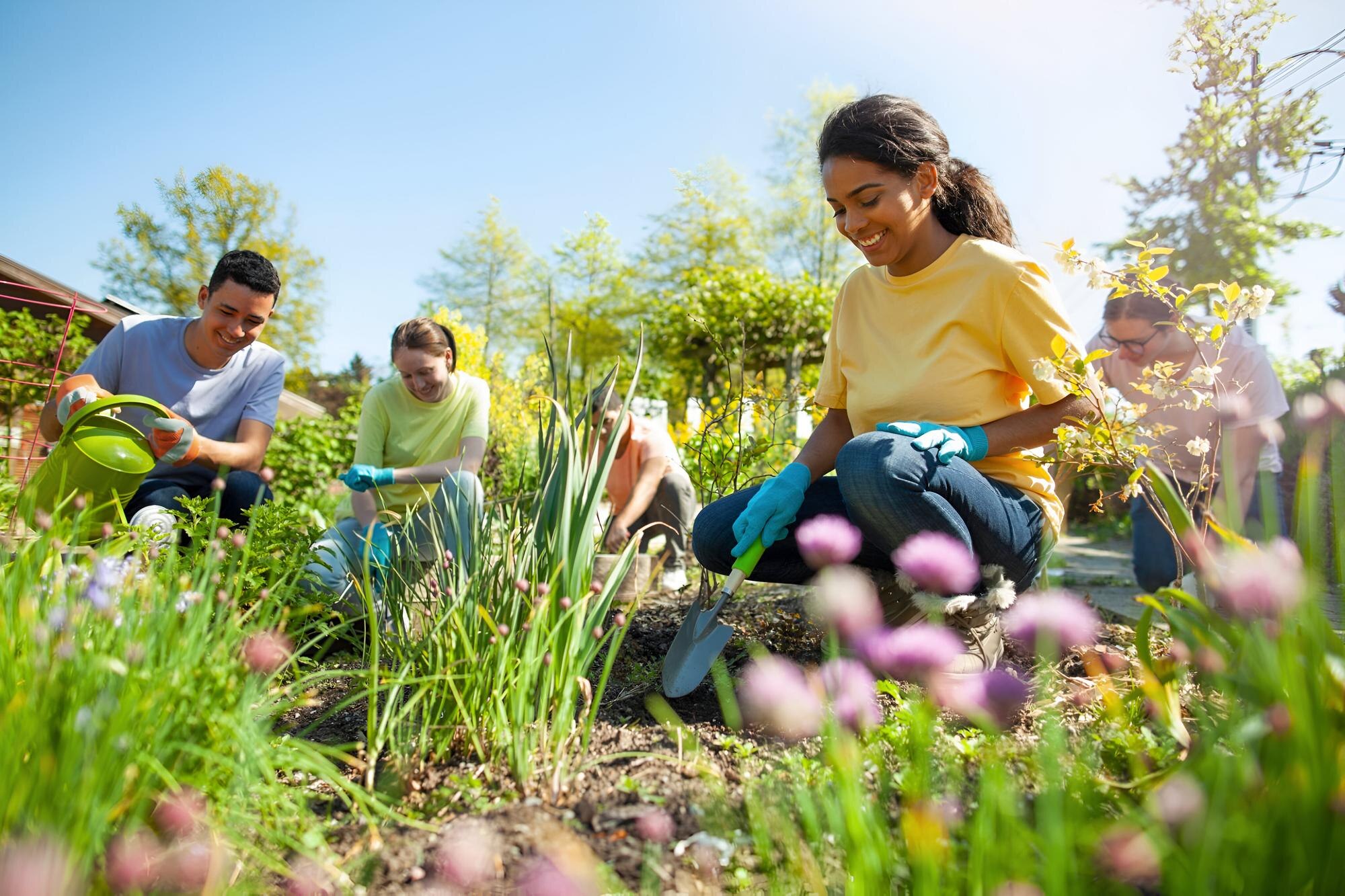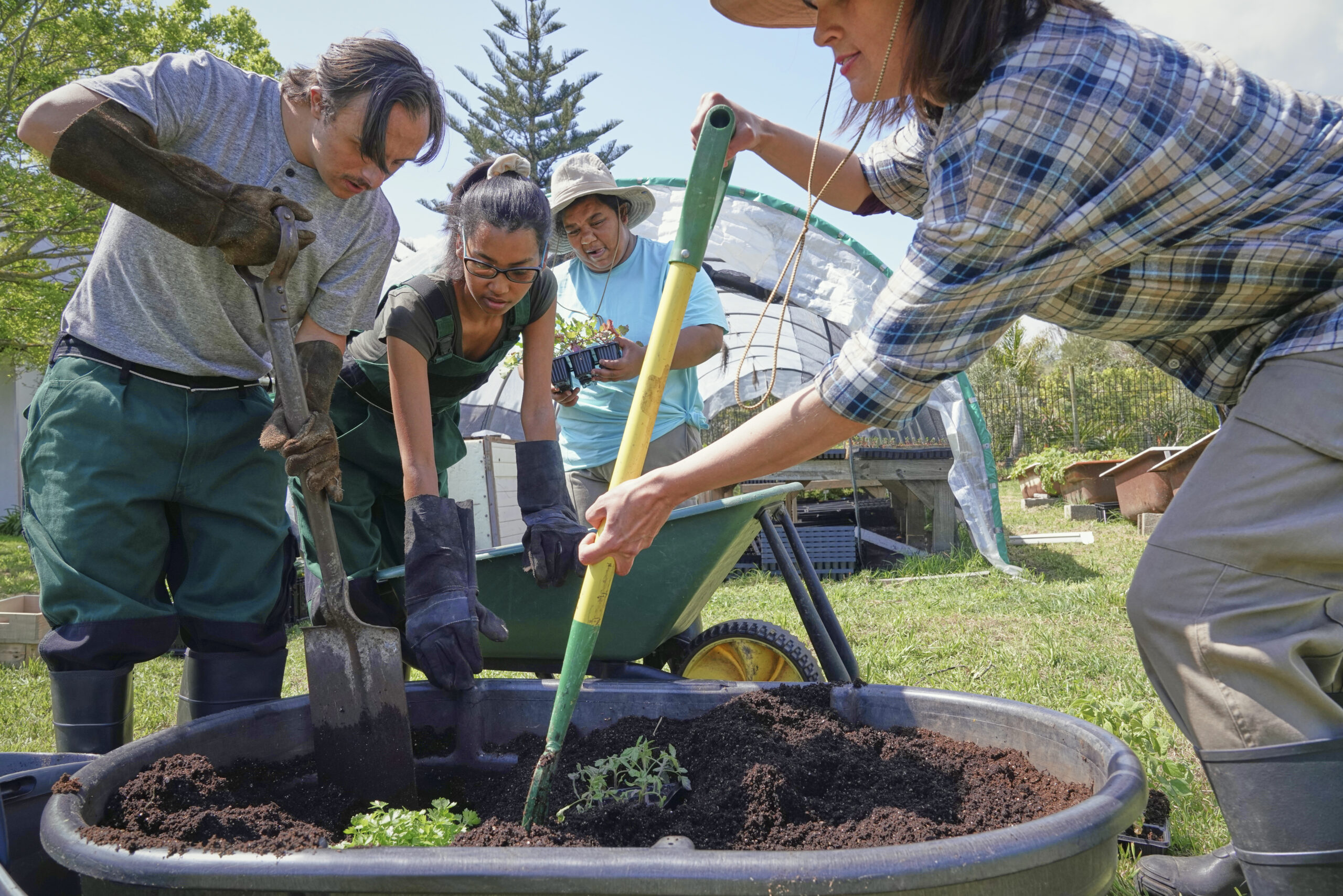Cultivating Green Spaces: Your Guide to Urban Sustainable Gardening
Urban gardening isn’t just about plants—it’s about growing a sustainable garden that brings your community closer together. If you’re ready to turn even the smallest space into a green oasis, this guide will walk you through every step. You’ll find simple, eco-friendly tips that help you build vibrant green spaces where neighbors connect and nature thrives. Join us and see how your hands can shape a healthier, happier neighborhood. Learn more.
Starting Your Urban Garden
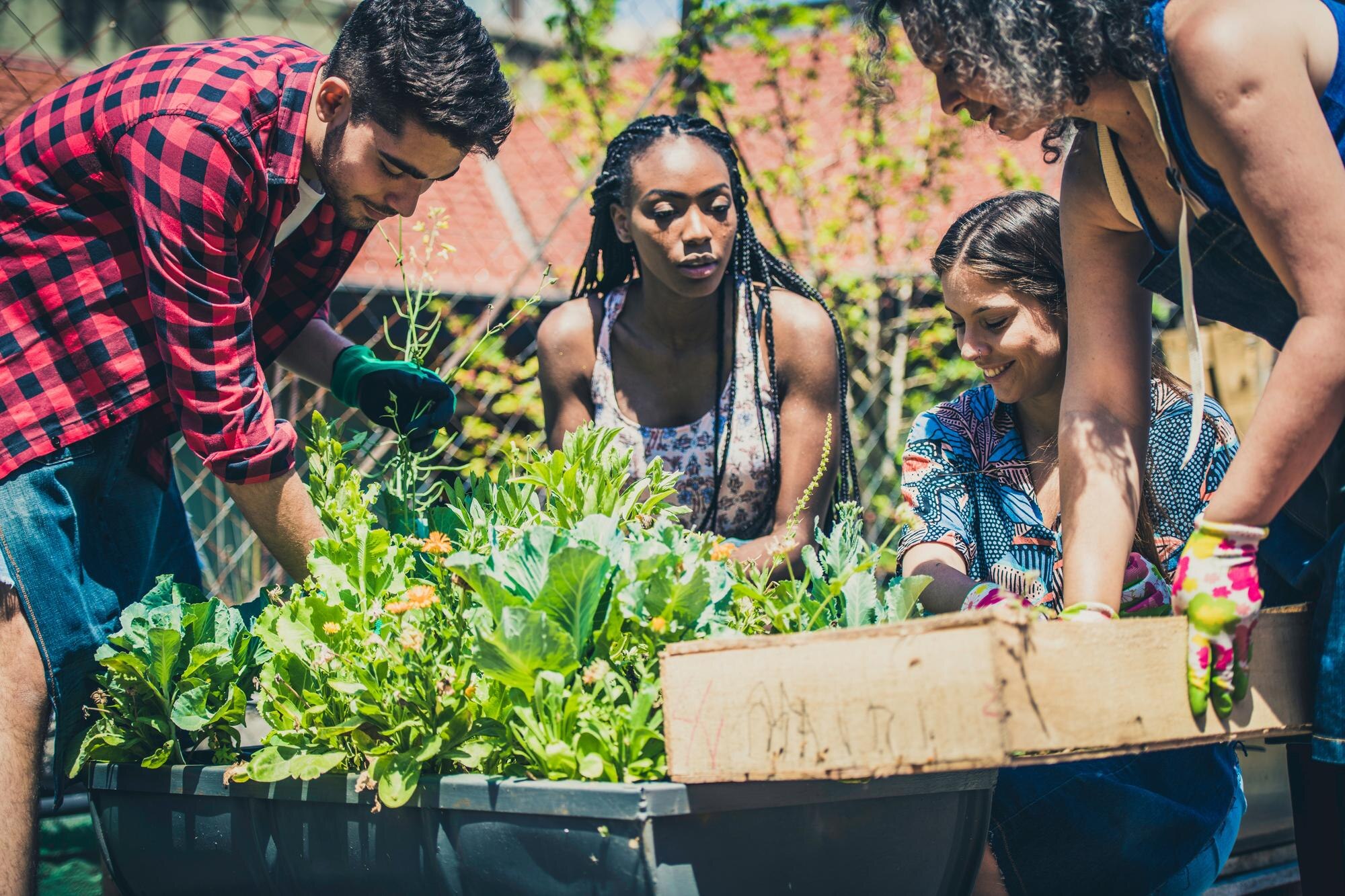
Starting a garden in the city can seem daunting, but it’s easier than you might think. Let’s explore how to create a thriving green space right where you live.
Choosing the Right Space
Your first task is finding the ideal spot. Look for areas with enough sunlight—at least 6 hours a day is perfect. Balconies, rooftops, or even sunny windowsills can work. Use a compass app to check sunlight direction. You can also consider community gardens nearby as an option. This guide can help pinpoint the ideal location. Remember, the goal is a space that fits your lifestyle and encourages growth.
Next, assess the space size. Even a few pots can transform a balcony. Think vertically if you’re short on space—stack pots or use wall planters. This not only maximizes room but also adds a unique aesthetic to your garden. Your urban garden is just a few creative choices away from reality.
Selecting Eco-Friendly Materials
Choosing sustainable materials is key for your garden and the planet. Start with biodegradable pots or recycled containers. These options reduce waste and are kind to the earth. Consider compostable plant markers or natural trellises made from bamboo.
For soil, opt for organic varieties. They are free from harmful chemicals, ensuring plants stay healthy. Mulch made from bark or wood chips can also keep your garden thriving. This eco-friendly homestead resource offers more on sustainable choices. By opting for eco-friendly materials, you create a garden that nurtures both nature and community.
Sustainable Gardening Practices

Once your garden is set up, it’s time to incorporate eco-friendly practices. These tips will ensure your garden remains lush and sustainable.
Water Conservation Tips
Using water wisely is a must. Collect rainwater in barrels; it’s a simple yet effective way to water your plants without wasting resources. Position barrels under downspouts to collect as much water as possible. Drip irrigation systems are another great method. They deliver water directly to the roots, minimizing evaporation.
Water early in the morning or late in the afternoon to reduce evaporation. This ensures plants get the hydration they need without unnecessary waste. Mulching can also help retain moisture in the soil. With these steps, you maintain a lush garden while conserving water.
Natural Pest Control Methods
Avoiding chemicals in your garden keeps it safe for everyone. Introduce beneficial insects like ladybugs. They naturally control pests such as aphids. Planting marigolds can deter unwanted bugs, keeping your garden vibrant.
Another method is using natural sprays. A mixture of water and dish soap can handle soft-bodied insects. For more robust pests, try neem oil. It’s a natural pesticide that doesn’t harm beneficial insects. These approaches keep your garden healthy and chemical-free, fostering a safe environment for all.
Building Community Through Gardening
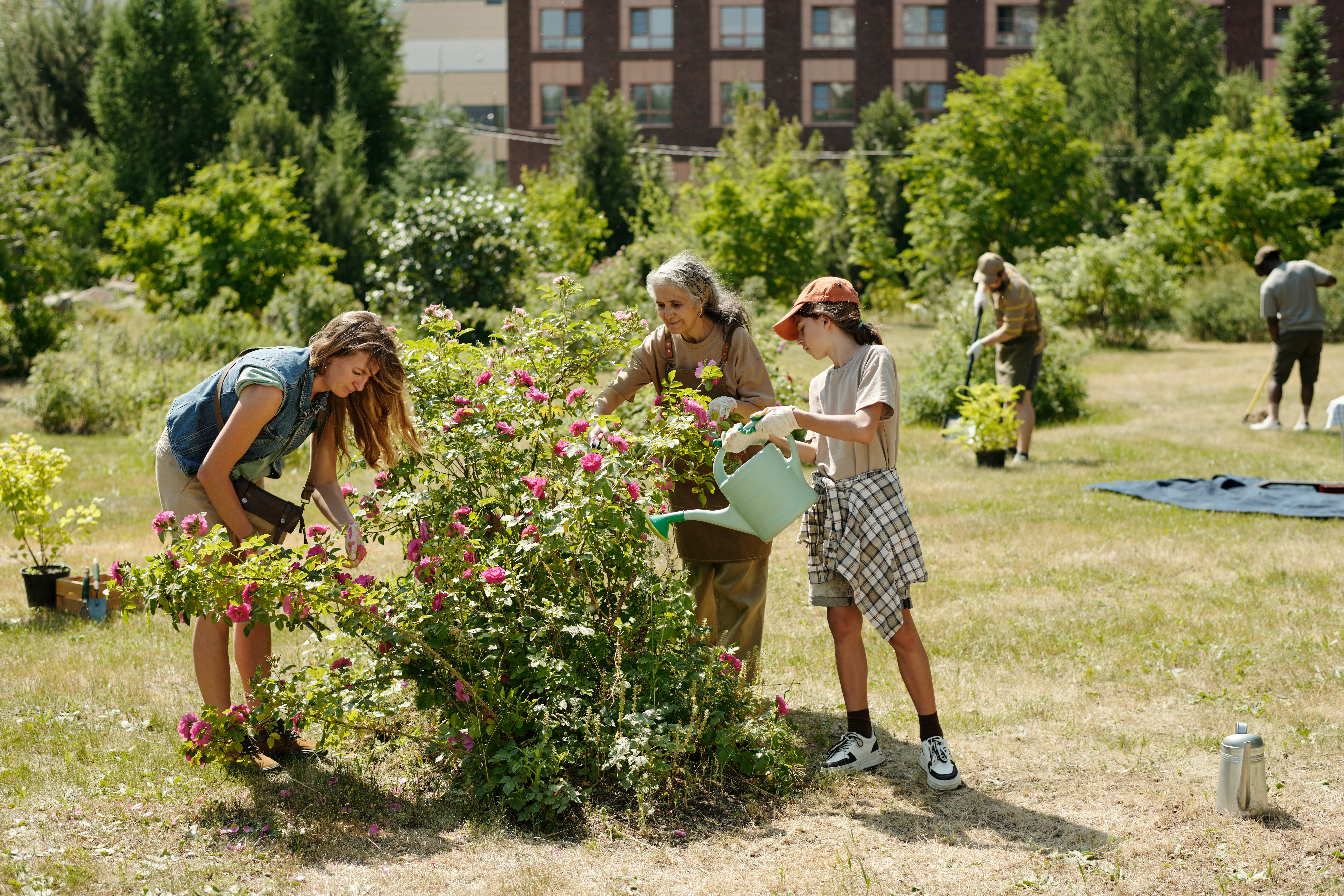
Gardening is more than just plants; it’s about community. Let’s delve into how you can start building connections through green spaces.
Hosting Garden Workshops
Workshops are a fantastic way to share your passion and knowledge. Invite neighbors to learn about urban gardening techniques. These sessions can cover everything from planting basics to advanced gardening tips. You can use this startup guide as a resource to structure your workshop.
Consider practical activities like potting plants or creating compost bins. Workshops not only educate but also encourage collaboration among attendees. They foster a sense of belonging and inspire others to start their gardening journey.
Creating Shared Green Spaces 🌿
Shared spaces are perfect for fostering community spirit. These areas allow everyone to contribute, learn, and grow together. Plan a community garden where tasks and harvests are shared. This Medium article explores the benefits of collaborative gardening.
Start small with a few neighbors and expand as interest grows. These green spaces become more than gardens; they transform into hubs of community interaction and joy. By building shared gardens, you create a lasting legacy of cooperation and sustainability.
In summary, urban gardening offers an opportunity to connect with nature and your community. Through thoughtful planning and sustainable practices, you can create a thriving garden that benefits everyone. Happy gardening!
